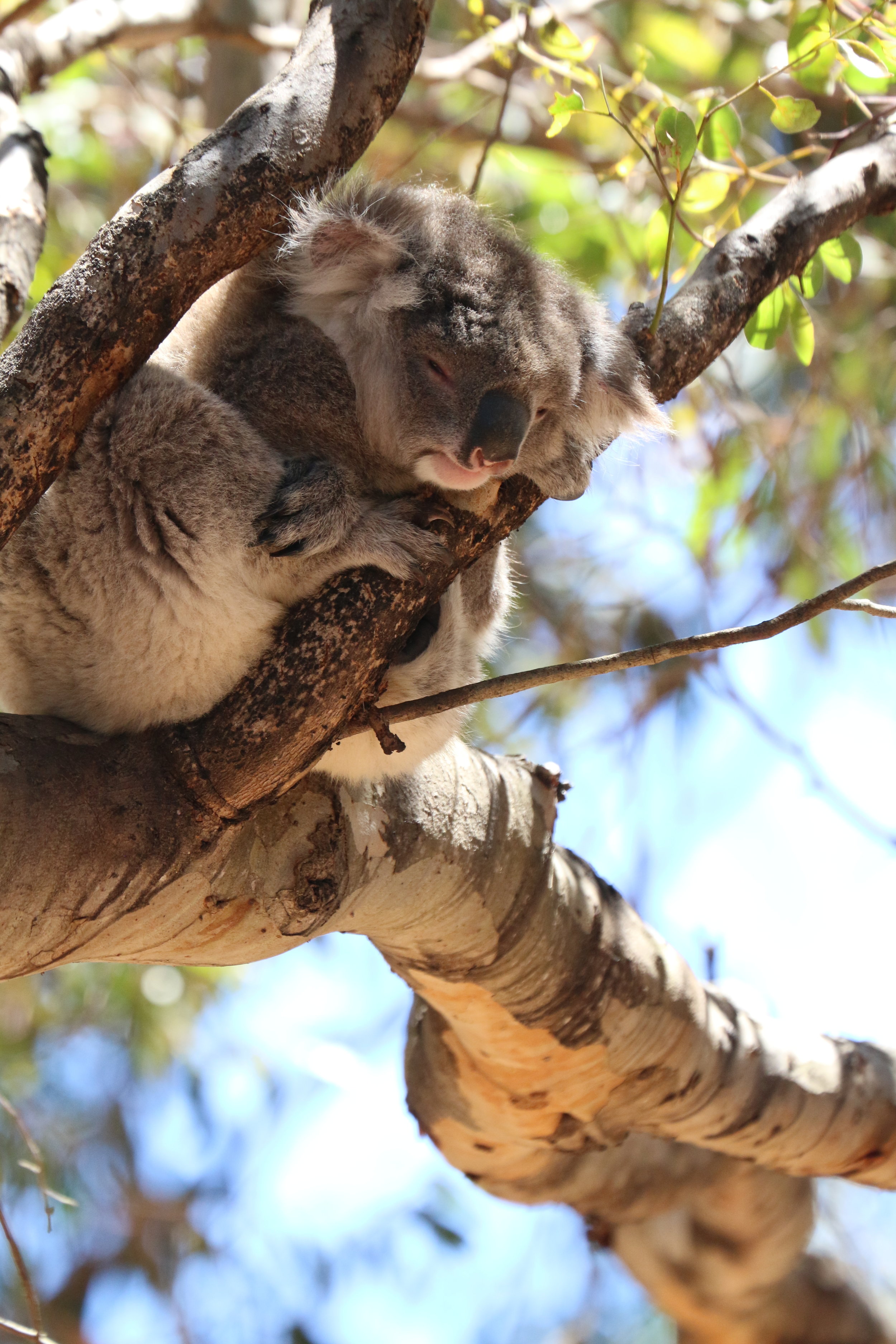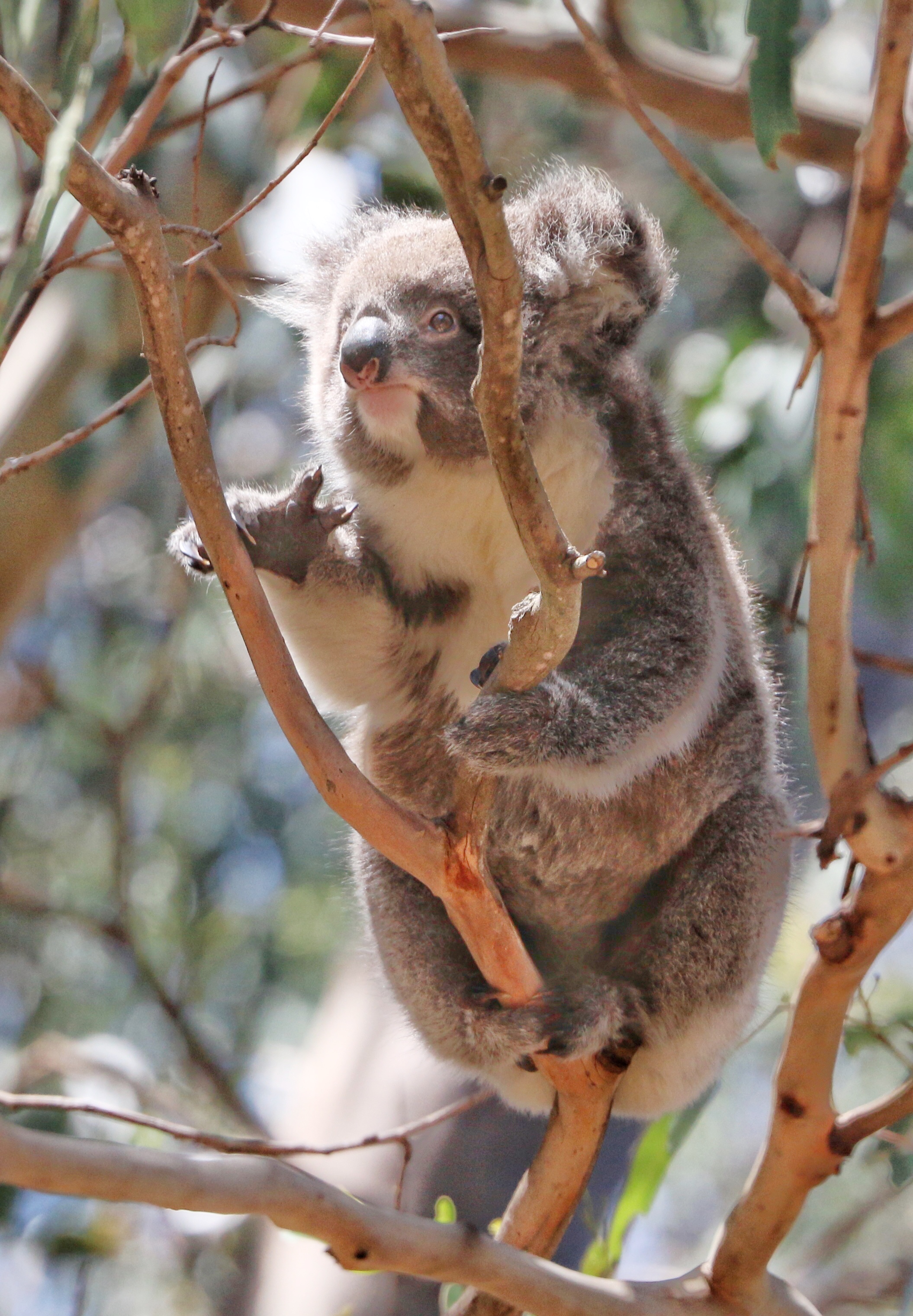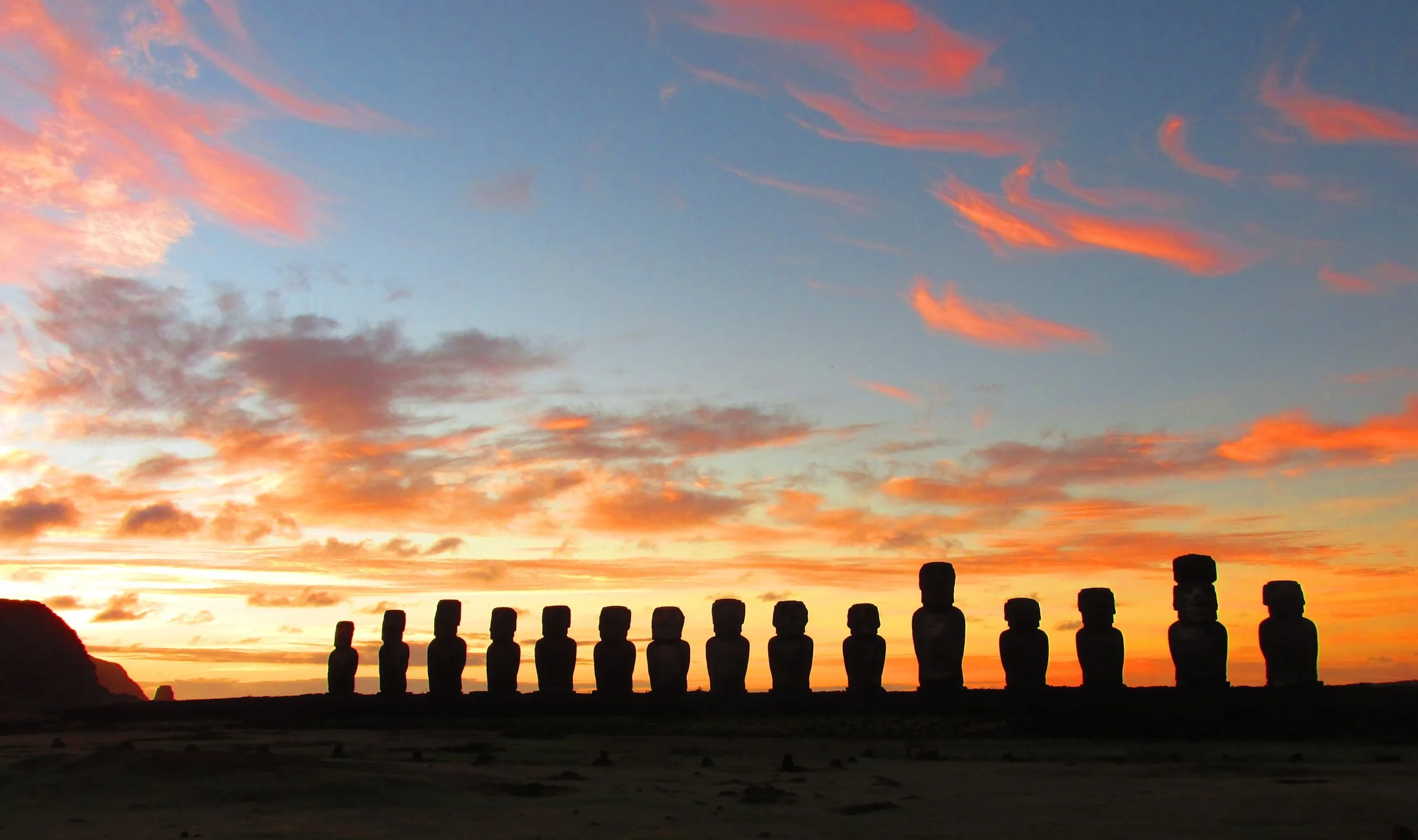Off Australia’s southern coast, not far from Adelaide, travelers in search of an even-more-laid-back-than-the-already-mellow-mainland corner of the world can find what they seek on Kangaroo Island. Home to about 4,000 humans, it’s isolation from the mainland has made it something of a haven for plants and wildlife that are more rare on the continent.
While rather low on people, this massive island (95 miles long, and 35 miles wide at the widest point) is home to a sizeable population kangaroos and wallabies. It also hosts a variety of reptiles (including 2 very venomous snakes, although bites are rare) dolphins, birds, the exceedingly-shy echidnas and platypuses, a very rare and pure strain of honey bee that originated in Italy, and unfortunately several invasive species such as feral pigs and feral cats. But far and away the animal I was most looking forward to seeing was the koala.
I had seen koalas at the Lone Pine Koala Sanctuary bear Brisbane when we were touring the east coast. The sanctuary was wonderful and is doing very important and valuable work, but the koalas were very clearly in a constructed environment. I was very much hoping to see them in a more natural setting.
Given that there are an estimated 50,000 koalas on the island currently, my chances were pretty good.
Koalas, though native to Australia, are actually an invasive species on Kangaroo Island. They were introduced to the island in the 1920s due to concerns they would become extinct on the mainland. They thrived in the island’s lush eucalyptus forests to a problematic degree - exploding population numbers mean there is a very real risk that the koalas will deplete resources other species need to survive, or that they will reach a tipping point and begin to starve as they consume more and more of the eucalyptus. A sterilization program is in progress but thus far it hasn’t been able to keep up with koala reproduction rates. A cull was proposed several years ago, but the horror expressed by the tourism industry (the island’s largest income-generator) at the prospect of killing thousands of the admittedly-adorable creatures aborted that plan. Overpopulation remains an ongoing issue.
We saw our first two koalas in the parking lot of the restaurant where we had lunch. Our bus driver (we were on a 1-day tour from Adelaide- more on that later) told us he’d spotted them while parking the bus. Desert forgotten, we (ok, I) sprinted to get a look.
Sprinting isn’t really required when dealing with koalas - they sleep about 21 hours a day and tend to pick 1 tree and stay in it for a good long while before descending, spending as little time on the ground as possible, then climbing a near-by tree. But I was excited and couldn’t quite manage to put on a facade of polite interest.
We saw a fairly large male sleeping in the crook of oneeucalyptus and a tiny fuzzy baby (probably fairly newly released from mom’s care) feasting in the frustratingly-dense foliage of another tree.
We really hit it big when we visited the Hanson Bay Wildlife Sanctuary. Two hundred and fifty acres of property is fenced off - not to keep the native animals in, but to keep the feral species (particularly cats) out. While many species call the sanctuary their home, their “koala walk” is probably their best-known attraction. A series of the koala’s favorite varieties of eucalyptus have been planted single-file along both sides of a dirt path, giving koala an incentive to perch in trees that make them more readily visible to visitors than they would be in a dense natural forest.
Along a 500-foot path we were able to see over a dozen koalas - climbing, dozing, eating and being generally charming and photogenic.
The highlight for me was a mother holding her joey. We only had about 30 minutes at the sanctuary - I could have stayed for days, especially when I found out they have 6 cottages for rent. Most people (ie the normal people) found that 30 minutes was just about the right amount of time for them.
If you go: Kangaroo Island is accessible from the mainland by plane or ferry. If going by ferry from Adelaide (the nearest sizable city) expect a long day - it takes 2 hours by bus from the city to the ferry terminal, then another hour by ferry to the island. The island is big and the attractions are spread out, so anticipate long travel intervals and somewhat short time at the attractions themselves if you’re going on a day-trip. We only had 1 day in Adelaide, so a day trip was my only option. I’m so glad I went, but I think it would be much more satisfying to take a 2- or 3-day trip. There are 2- and 3-day guided options, but best of all would be to bring your own transportation over via ferry and visit at your leisure. The slow pace of life and small human population, as well as the wildlife and the booming locally-grown food scene seem designed to tempt travelers to slow down and savor the experience.
















